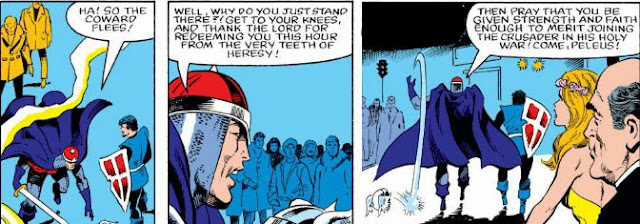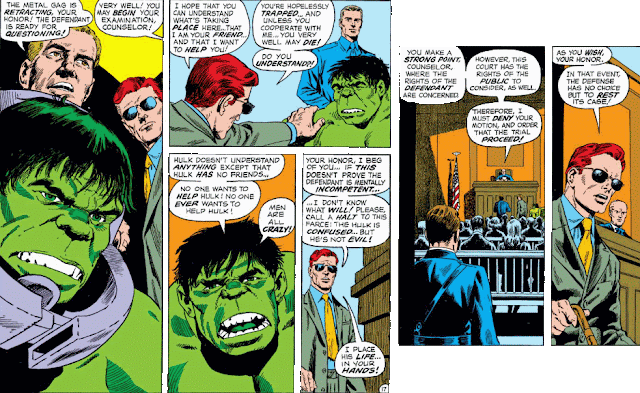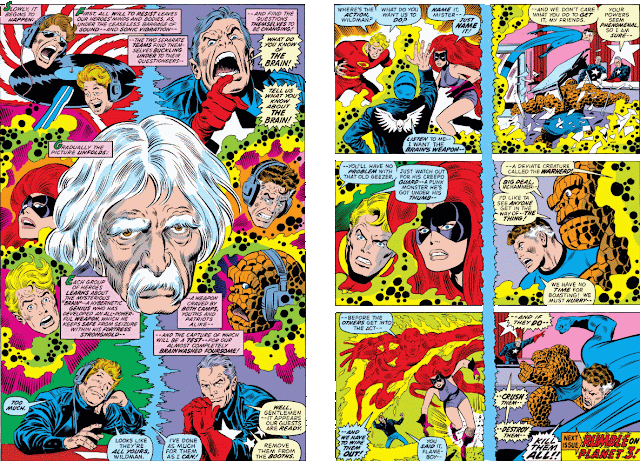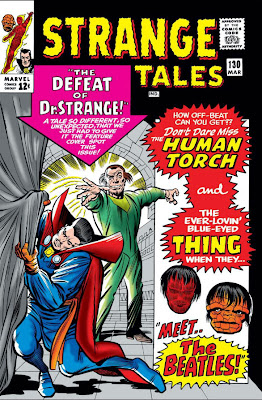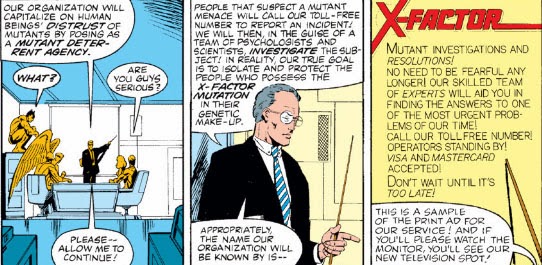Comic book matchups that had you scratching your head--
but still made you curious about how the fight would turn out.
Welcome to another installment in a series of posts we could only call:
but still made you curious about how the fight would turn out.
Welcome to another installment in a series of posts we could only call:
Despite the obvious mismatch here, perhaps it shouldn't be all that surprising to see Iron Man battle the Frankenstein monster. I think Thor tussled with the monster in an Avengers story; Spider-Man's had his share of werewolf and vampire fights (as well as an encounter with the monster himself); and Iron Man would go on to have his own werewolf skirmish in West Coast Avengers. But this fight was fairly early in Iron Man's career, and up to now he'd faced more down-to-Earth (if sometimes outlandish and, at times, alien) foes--so a battle with the monster, whatever fascination the creature held in popular culture, seemed the oddest of matches.
But Marvel apparently wanted to make the monster more mainstream in its titles. And by that I don't mean he'd be a member of the Avengers anytime soon (thank goodness even Marvel wouldn't dive off the deep end like that)--just that the monster's appearances, however sparse, would be treated with less shock by others as time went on. For instance, just look at Iron Man's initial reaction, when, escaping red Chinese territory after a battle with the Mandarin, his jet is shot down over the Yugoslav-Greek border and he awakes to a startling sight:
Already, Iron Man, even with his well-known skepticism, has accepted without qualm that this is the Frankenstein monster--it's only the fact that the monster is still alive after over 100 years that surprises him. That particular point is never explained (the monster, to my knowledge, was never immortal); it's likely that it was broached only to avoid the impression of skirting by it surreptitiously, though with no intention of ever revisiting it.
This entire fight is the result of a misunderstanding on the part of the monster and his companions, out of fear that Iron Man is a likely ally of the Dreadknight--the "other," as he's known to those who have felt his wrath, a resident of the castle who imposes his will by force. Regardless, Iron Man is put in the position of defending himself:
Naturally, Marvel wouldn't feature the monster on an Iron Man cover if they were going to let Iron Man just waltz all over this guy. And so, with the rabid assistance of the monster's fellow residents, the fight escalates. Though the match between this brute and Tony Stark's crowning engineering achievement is bound to be short-lived:
Iron Man goes on to learn the truth about the Dreadknight and manages to rout him with the assistance of the monster. As for the creation of Frankenstein, now seemingly a mainstay of the Marvel universe, maybe he deserves a name by now?





























